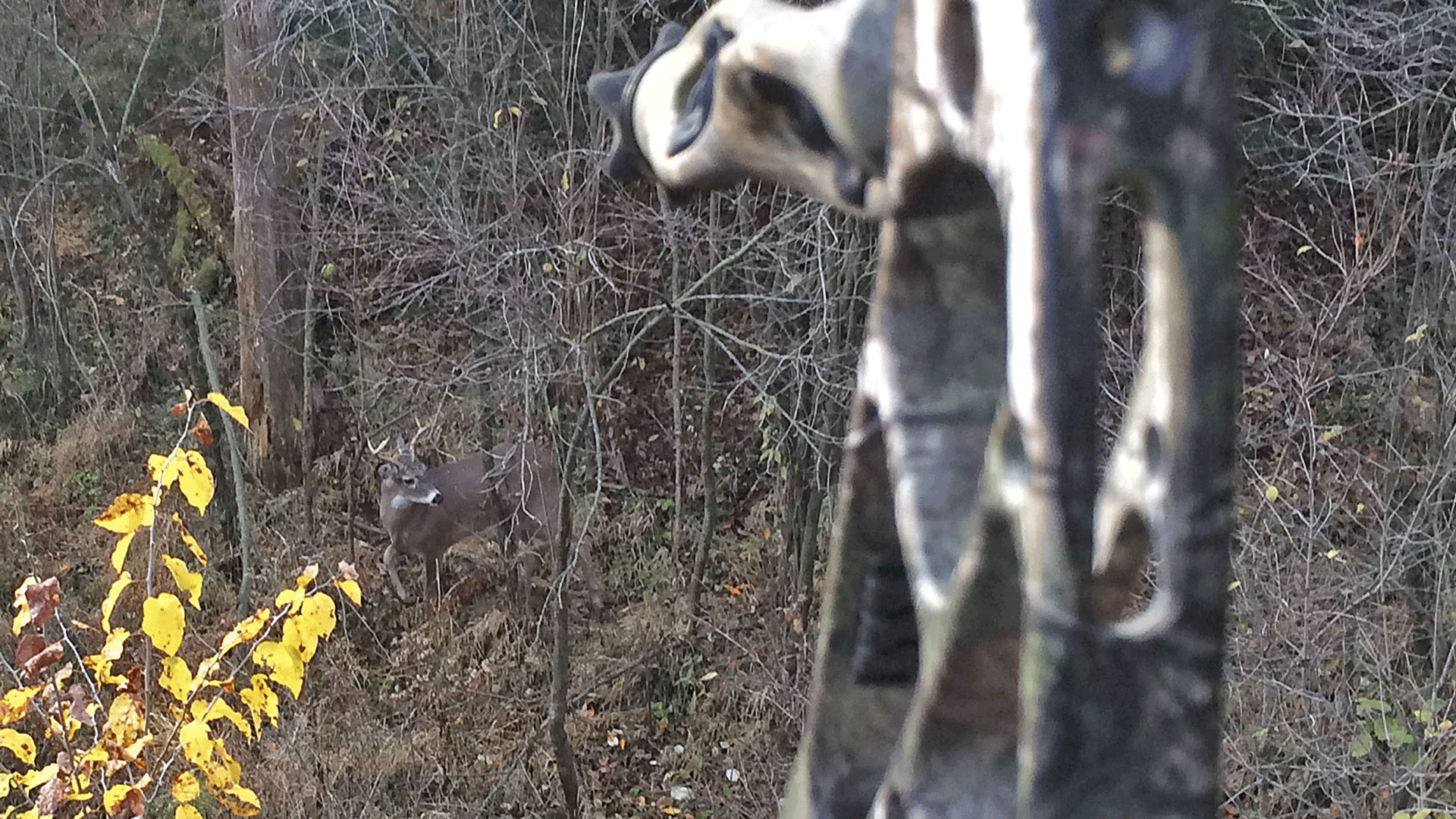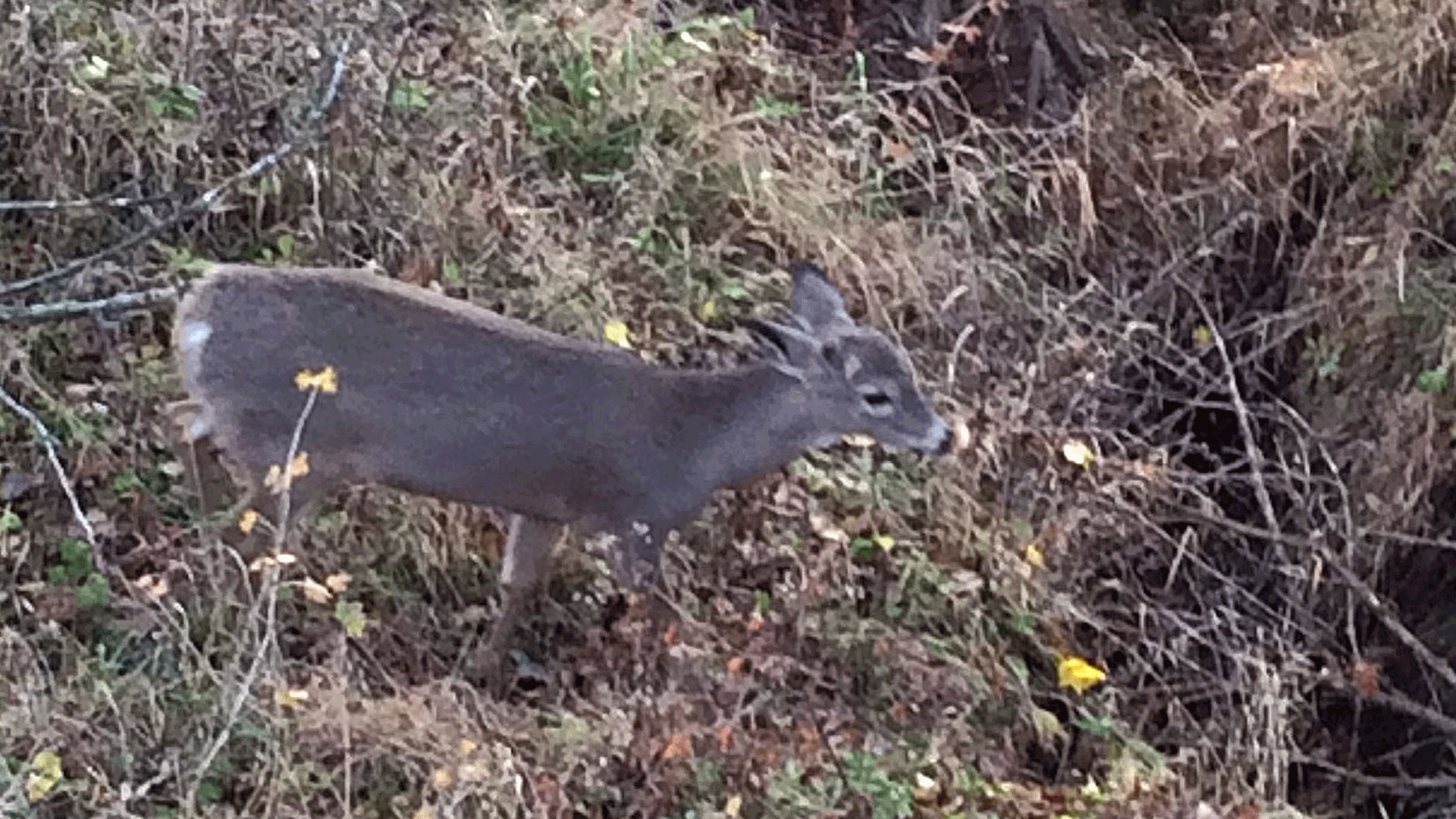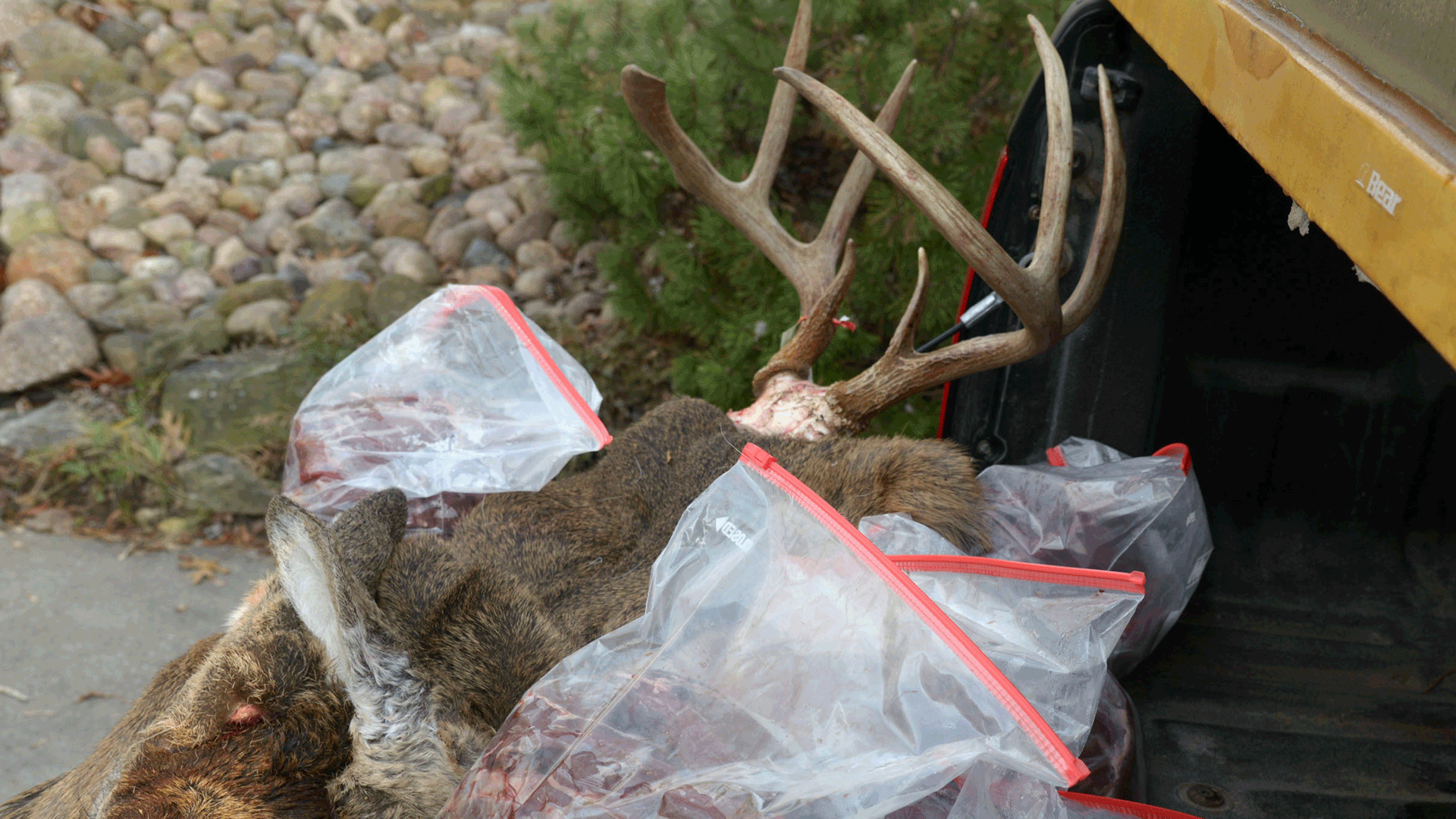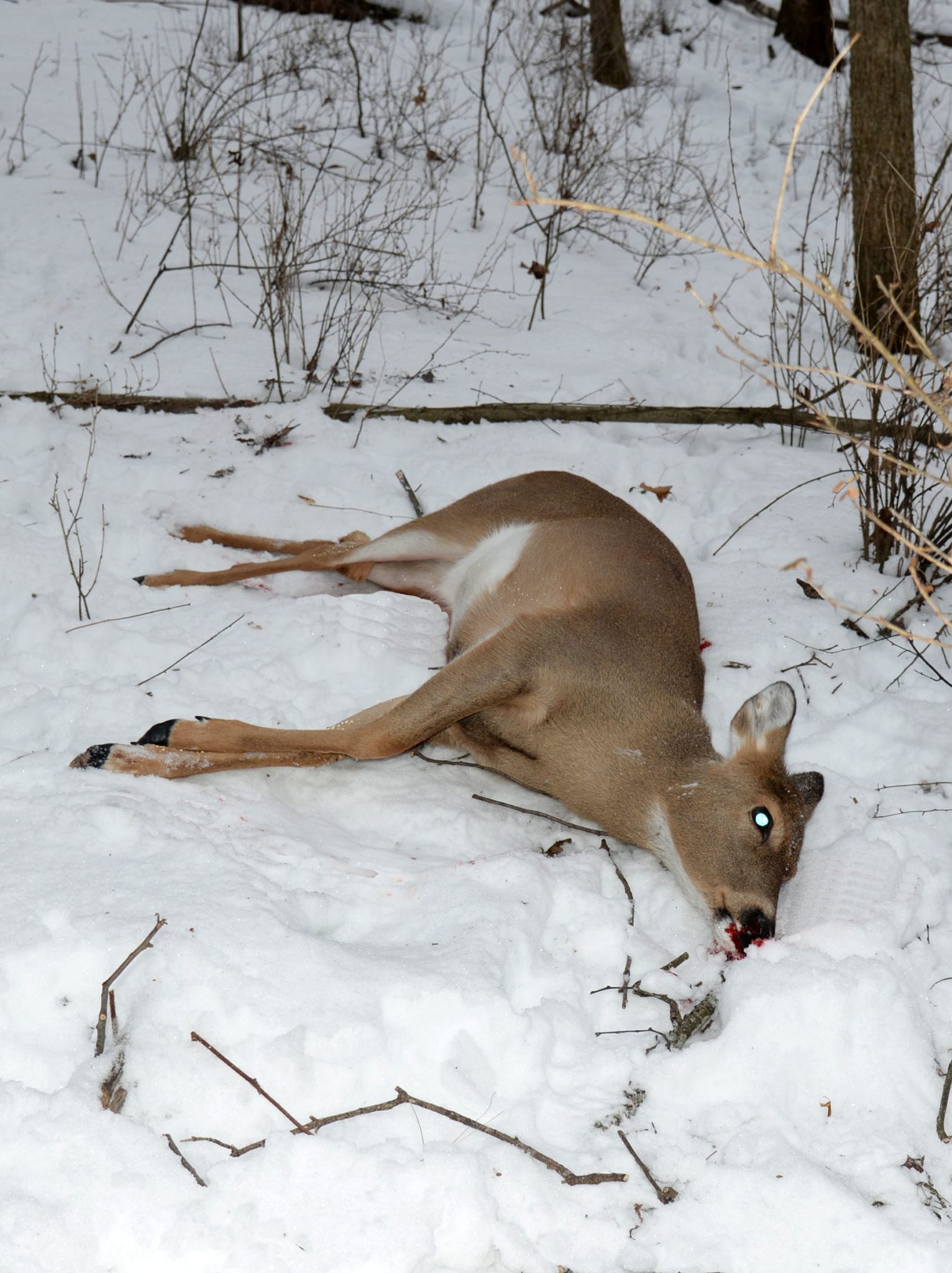Baghdad Bob has apparently found employment in the Wisconsin Department of Natural Resources’ communications office, judging by an agency press release that proclaimed, “CWD samples nearly doubled in 2016 – thank you hunters!”
Yes, we should commend Wisconsin’s hunters for submitting 6,095 deer for chronic wasting disease tests during 2016’s hunting seasons. That’s nearly double the record-low 3,138 they provided in 2015. But the DNR’s press release gave folks scant perspective. The 2016 sampling effort ranks fourth from the bottom of 15 annual assessments done since 2001.

The Wisconsin Department of Natural Resources fails to share the scientific realities of chronic wasting disease with its citizens.
And yes, the press release mentioned 447 deer tested CWD-positive in 2016. Again, though, where’s the perspective? That’s a record high. It’s 90 deer, or 25 percent more, than the previous high, 357 in 2013, even though the DNR tested 567 fewer deer than the 6,662 tested in 2013.
Maybe those dark numbers inspired the DNR’s “Baghdad Bob” approach to press announcements. A quick reminder: Baghdad Bob, aka “Comical Ali,” is actually Muhammad Saeed al-Sahhaf. He was Iraq’s information minister in 2003 when U.S. forces invaded Iraq and removed Saddam Hussein. Baghdad Bob amused the world by insisting Iraq was winning the war, with Hussein firmly in control, even as U.S. tanks stormed the city.
Likewise, the DNR’s latest press release basically dismisses CWD’s ever-worsening spread by noting most sick deer came from Wisconsin’s “southern farmland zone.” True, but disease rates again set records across that zone, which covers much of south-central to southwestern Wisconsin.
Of 3,730 deer that hunters submitted for testing there, 442 – 12 percent – were infected. That’s two straight year the zone’s infection rate hit double digits. In 2015, 296 of its 2,162 samples had CWD, or 13.7 percent.

Wisconsin recorded a record 447 deer with CWD in 2016.
Further perspective: When Scott Walker was elected governor in November 2010, partly on the promise of improving Wisconsin’s deer hunting, the southern farmlands’ infection rate was 3 percent.
One can argue it’s unfair to pin this on Gov. Walker, but he handpicked Cathy Stepp as his DNR secretary, and she won’t let her staff testify in the Capitol about CWD and other harsh scientific realities. And its her communications office that won’t publicly discuss CWD’s impacts on Wisconsin’s deer herd and its hunting heritage.
This administration also slashed CWD test funds, as well as science and communications staff, and not once has matched the 7,445 CWD samples collected in 2010 or 7,168 in 2009 – record lows for the previous administration.
In fact, of the 199,870 CWD samples the DNR has collected since 1998’s preliminary tests, Walker’s DNR accounts for 16.6 percent, or 33,271 of them. And yet, of the 3,564 sick deer verified since CWD’s February 2002 discovery, 2,011 – 56 percent – came on Walker’s watch.
Granted, the DNR isn’t lying about CWD, but it’s sinning through omission by not explaining the plague’s spread. Instead, its press releases suggest visiting the “dnr.wi.gov” website and typing in “CWD.” Never mind that many older Wisconsinites don’t use the internet, and many rural residents struggle with slow internet connections, thanks in part to Gov. Walker rejecting $23 million in federal stimulus funds in 2011 to expand rural Wisconsin’s broadband technology.

The Wisconsin DNR tested 567 fewer deer for CWD in 2016 than the 6,662 tested in 2013, and yet found 25 percent more sick deer than the 357 found three years before.
But even if you visit the DNR’s website and type in “CWD,” it’s on you to put this puzzle together. You’ll land on a page with roughly 20 tabs with further options. To find the sobering information DNR scientists compile on the website in hopes you’ll find it, look on its right-hand column, second box down, and click on “prevalence and surveillance.”
Once that page loads, study the map under “CWD positives by section,” which shows the number of sick deer verified in each square mile. Then click “Prevalence of CWD by township” to see the percentage of sick deer verified in each 36-square-mile township.
After that, scroll to a map below the heading, “CWD prevalence trends,” and review the “prevalence graphs” that pop up after clicking the map’s 10 yellow dots. The DNR’s communications office should force-feed those charts to newspapers and TV stations statewide.
For instance, over 40 percent of adult bucks in southeastern Richland County have CWD, as do 20 percent of adult does, 28 percent of yearling bucks and 15 percent of yearling does.
Next door in southwestern Sauk County, the CWD rates are 45 percent for adult males, nearly 30 percent for adult and yearling does, and 22 percent for yearling bucks.
Straight south from there is north-central Iowa County, where CWD infects over 50 percent of adult bucks, 30 percent of adult does, 27 percent of yearling bucks and 23 percent of yearling does.

Are you hearing the truth on the health of your deer herd?
West of there in northwestern Iowa County, CWD infects about 33 percent of adult bucks, 23 percent of yearling bucks, and more than 15 percent of yearling and adult does.
You get the picture: CWD is rising faster each year across the zone, and yet DNR administrators won’t say so. Why? Because the agency treats the public like children, and fears weighty CWD discussions hurt tourism and hunting participation.
In a recent interview, former DNR wildlife chief Tom Hauge said the Walker/Stepp team made it clear to him that CWD was “bad news,” and to share only basic facts, not analysis.
“They viewed news about CWD as a wet blanket on deer hunting and the fun associated with it,” said Hauge, who retired in October after a 37-year DNR career, including the final 25 as wildlife bureau director. “It was frustrating at times. During the first two-thirds of my career, we routinely had an open door for sharing information. We viewed it as part of the public trust, and transparency was part of the trustee’s role.
“But communications now are tightly controlled,” he continued. “(DNR administrators) have rules of engagement for handling statewide media. They come up with their talking points, and you better follow them. It’s as if the DNR’s the corporate world, not a public agency.”
The world laughed at Baghdad Bob’s detachment from reality, but Wisconsin’s DNR administrators seem just as blind to theirs.

 By
By 



